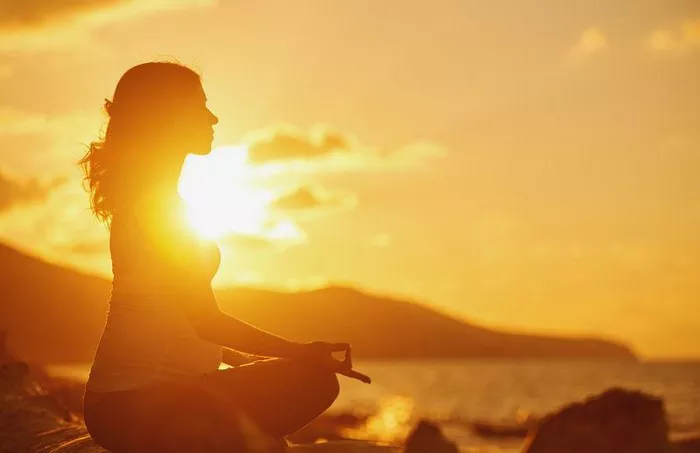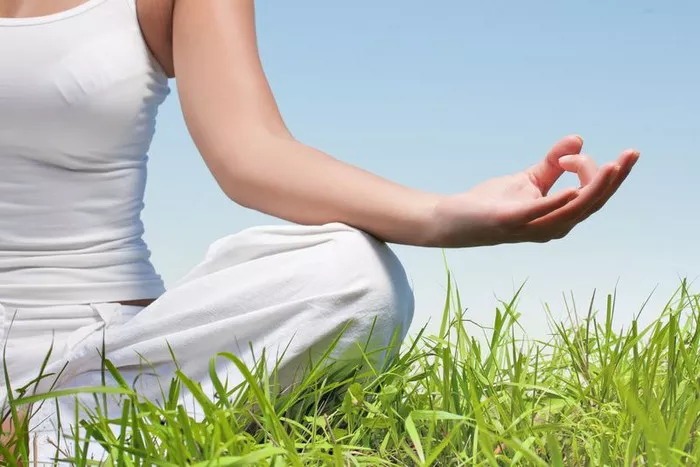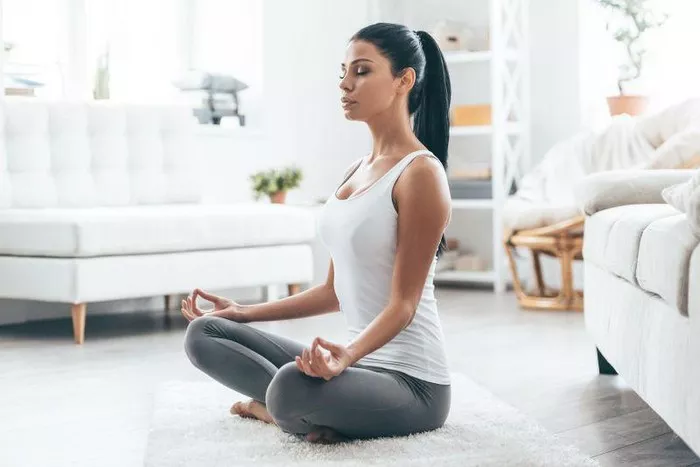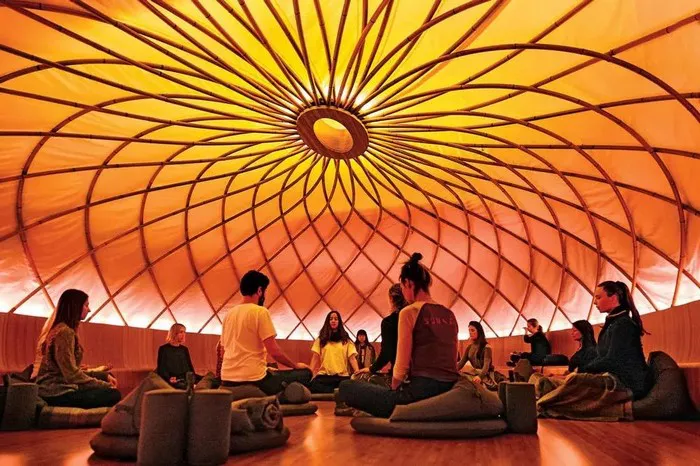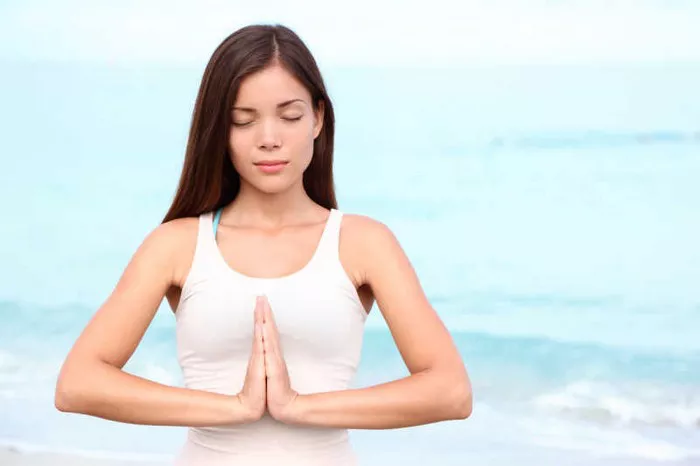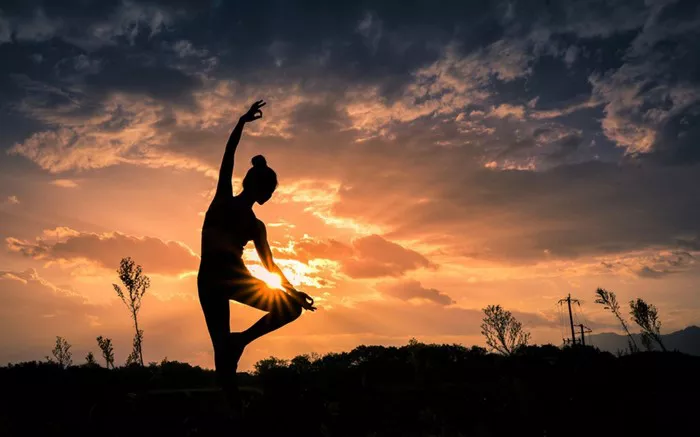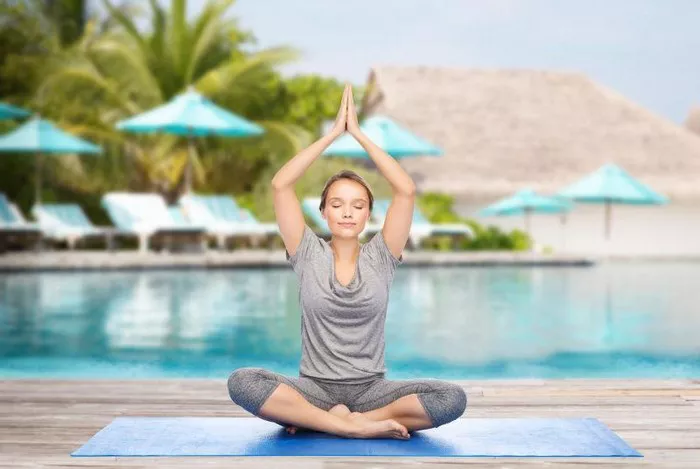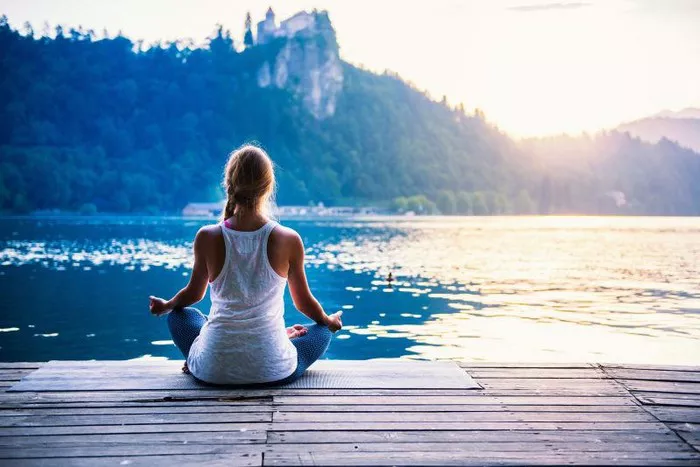Starting a new physical practice like Ashtanga Yoga at the age of 50 or beyond can feel both exciting and daunting. Ashtanga Yoga is a dynamic, physically demanding style that emphasizes a set sequence of postures linked with breath control and movement. While traditionally practiced by younger individuals, many over 50 are turning to Ashtanga for its numerous physical and mental benefits. This expert guide explores how to safely begin Ashtanga Yoga after 50, what modifications to consider, and how to sustain a long-term practice tailored to your needs.
Understanding Ashtanga Yoga
Ashtanga Yoga, developed by Sri K. Pattabhi Jois, is a structured practice consisting of six series of postures. The practice involves synchronizing breath with a progressive series of poses, a method known as “vinyasa.” This creates internal heat designed to purify muscles and organs. Traditionally, practitioners start with the Primary Series, which focuses on building strength, flexibility, and stamina. For beginners over 50, understanding these elements is crucial to adjusting expectations and developing a sustainable routine.
Benefits of Starting Ashtanga Yoga at 50
- Improved Flexibility: Regular practice gradually increases joint and muscle flexibility, helping reduce stiffness often associated with aging.
- Enhanced Strength: Ashtanga’s weight-bearing poses build muscle tone and strength, which are essential for bone health and injury prevention.
- Better Cardiovascular Health: The flowing nature of the practice promotes heart health by increasing circulation and endurance.
- Mental Clarity and Stress Reduction: Mindfulness and breath control reduce stress hormones, improve focus, and promote emotional well-being.
- Increased Balance and Coordination: Vital for preventing falls, Ashtanga’s emphasis on controlled movement enhances neuromuscular coordination.
Assessing Your Readiness to Begin Ashtanga Yoga
Before starting any physically demanding exercise like Ashtanga Yoga at 50, it is essential to evaluate your current health status. Consult with your healthcare provider, especially if you have chronic conditions such as hypertension, arthritis, or heart disease. A physical check-up ensures there are no contraindications to vigorous physical activity. Furthermore, be honest about your fitness level, flexibility, and any history of injuries to adapt the practice safely from day one.
Preparing Your Body and Mind for Ashtanga Yoga
Physical Preparation
Engage in gentle stretching and low-impact activities such as walking, swimming, or beginner-level yoga to prepare your muscles and joints. Incorporate strength training exercises to enhance muscle endurance, focusing on core, legs, and arms. This preparation reduces the risk of injury and makes the transition to Ashtanga smoother.
Mental Preparation
Adopting a patient and open mindset is vital. Unlike more casual yoga forms, Ashtanga requires discipline and consistency. Set realistic goals and acknowledge that progress may be gradual, especially with the added challenge of starting at 50. Incorporate meditation or breathing exercises to develop focus and calmness, which support your physical practice.
Finding the Right Ashtanga Yoga Class for Beginners Over 50
Qualified Instructors
Choose teachers experienced in working with older adults and beginners. A good instructor will understand how to modify poses for age-related limitations and offer personalized guidance.
Class Environment
Opt for small or specialized beginner classes to receive focused attention. Avoid high-intensity or fast-paced sessions initially. Consider studios that promote a supportive and inclusive atmosphere where students can progress at their own pace.
Online vs. In-Person
While online classes offer convenience, in-person sessions provide direct feedback essential for correcting alignment and preventing injury. If choosing online, select platforms with clear instructions and beginner-friendly modifications.
Essential Modifications in Ashtanga Yoga After 50
- Pace Yourself: Move slowly through postures, allowing your body time to adapt.
- Use Props: Blocks, straps, and bolsters can support joints and improve alignment.
- Skip Advanced Postures: Avoid or modify intense poses like deep backbends or arm balances until strength and flexibility improve.
- Focus on Breath: Maintain steady, controlled breathing even if it means holding poses for shorter durations.
- Incorporate Rest: Take breaks as needed without guilt to prevent overexertion.
Step-by-Step Guide to Starting Ashtanga Yoga at 50
- Begin with the Primary Series: Focus on foundational postures that build strength and flexibility.
- Learn the Breathing Technique (Ujjayi Breath): This breath is integral to linking movement and breath.
- Practice Sun Salutations: These warm-up sequences prepare your body and synchronize breath with movement.
- Perform Standing Postures: These poses improve balance and leg strength.
- Move to Seated Postures: Work on flexibility and core strength gradually.
- Cool Down: Finish with gentle forward bends, twists, and relaxation to soothe muscles.
Common Challenges and How to Overcome Them
Challenge 1: Limited Flexibility
Flexibility diminishes with age, making some postures difficult. Regular practice combined with gentle stretching outside class helps improve range of motion.
Challenge 2: Joint Pain or Arthritis
Use modifications and props to reduce strain. Avoid deep knee bends or wrist weight-bearing positions if painful.
Challenge 3: Maintaining Consistency
Set a manageable practice schedule, such as 3 times a week, and gradually increase frequency. Joining a community or buddy system can boost motivation.
Challenge 4: Breathing Difficulties
Practice pranayama (breath control) exercises separately to build lung capacity and comfort with Ujjayi breathing.
Safety Tips for Practicing Ashtanga Yoga at 50
- Warm up thoroughly before intense sequences.
- Listen to your body and avoid pushing into pain.
- Hydrate well and maintain a balanced diet to support recovery.
- Ensure your practice space is safe with non-slip mats and ample room.
- Avoid practicing on a full stomach.
- Communicate any discomfort or health changes to your instructor immediately.
Long-Term Strategies for Sustaining Your Practice
- Track your progress with a journal noting improvements and challenges.
- Periodically reassess your goals and adjust your practice accordingly.
- Incorporate complementary practices such as Pilates or Tai Chi for balanced fitness.
- Prioritize rest and recovery days.
- Stay curious and open to learning new variations or complementary yoga styles.
Conclusion
Starting Ashtanga Yoga at 50 is not only possible but can be profoundly transformative for your physical health and mental well-being. With proper preparation, realistic expectations, and appropriate modifications, you can safely enjoy the many benefits this powerful practice offers. The key lies in patience, consistency, and listening to your body as you embark on this rewarding journey. Embrace the practice with an open heart, and let Ashtanga Yoga become a cornerstone of your healthy, vibrant life.
Related Topics:

